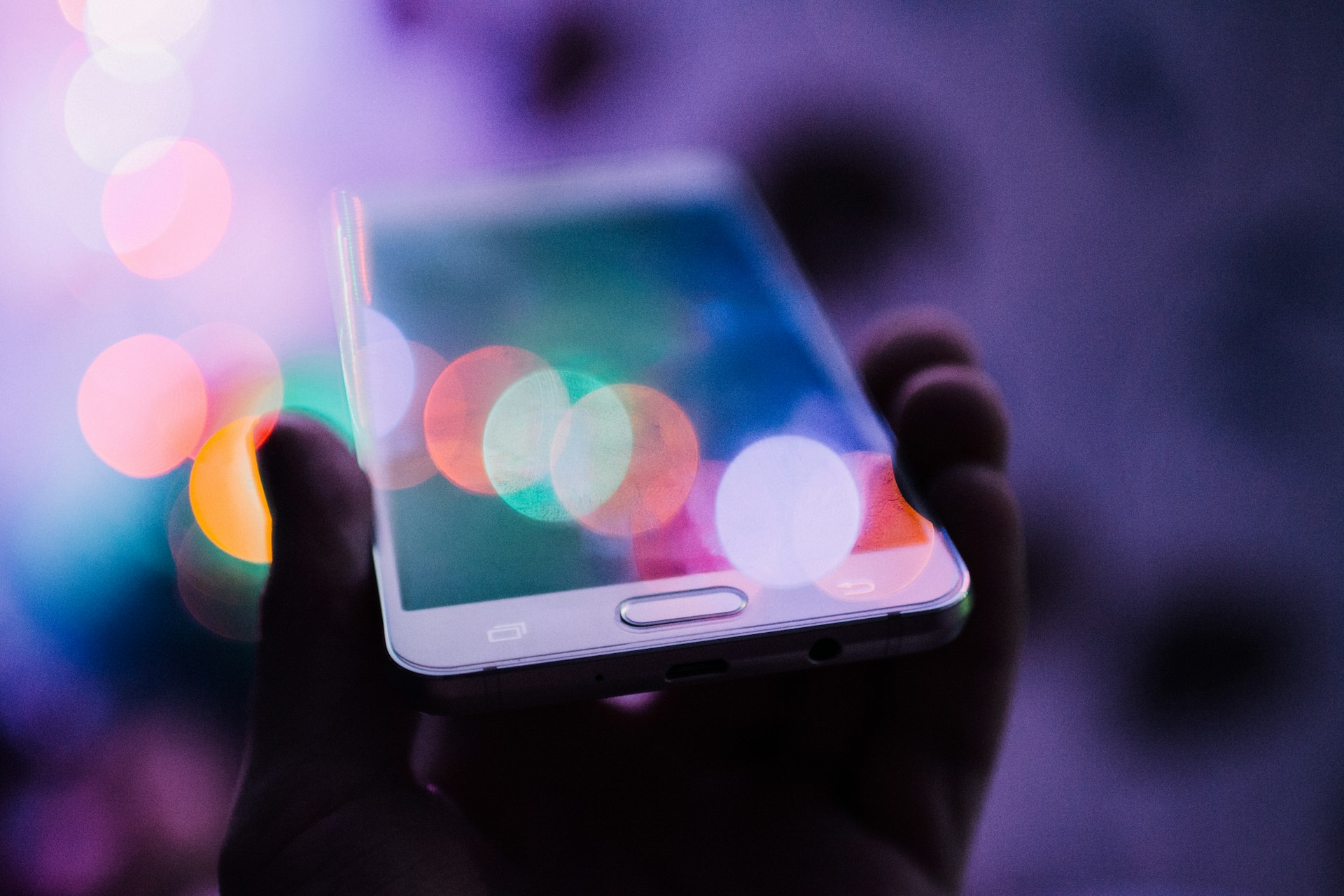Managing Digital Eye Strain in the Modern World
Introduction
With the rapid increase in screen time for work, school, and entertainment, digital eye strain has become a common issue. Prolonged exposure to computers, smartphones, and other digital devices can lead to discomfort and vision problems, collectively known as Digital Eye Strain or Computer Vision Syndrome. In this blog, we’ll explore the causes of digital eye strain, its symptoms, and practical strategies to protect your eyes from the negative effects of screen time.



What is Digital Eye Strain?
Digital eye strain, also known as computer vision syndrome, refers to a group of eye and vision-related problems that result from prolonged digital screen use. This condition occurs when your eyes are overworked due to intense focus on screens, leading to discomfort, blurred vision, and headaches. Factors like poor lighting, improper posture, and inadequate breaks contribute to the development of this strain.
Symptoms and Long-Term Effects:
Some common symptoms of digital eye strain include:
- Blurred or double vision
- Dry, irritated, or watery eyes
- Headaches or migraines
- Difficulty focusing on distant objects
- Sensitivity to light
- Neck, shoulder, or back pain from poor posture during screen use
While these symptoms may seem temporary, long-term exposure to screens without proper precautions can exacerbate eye problems and contribute to chronic discomfort. People who spend extensive hours on digital devices are also at higher risk for conditions like myopia (nearsightedness) and may experience reduced productivity due to vision issues.
Tips to Reduce Screen Time and Adjust Lighting:
Here are some practical ways to protect your eyes when using digital devices:
- Adjust Screen Brightness: Make sure your screen brightness is comfortable and matches the ambient lighting in your environment. Avoid overly bright or dim screens, as both can contribute to eye strain.
- Use Blue Light Filters: Blue light emitted from screens can strain your eyes and disrupt your sleep patterns. Consider using blue light-blocking glasses or enabling blue light filters on your devices, especially when using them in the evening.
- Optimize Text Size and Contrast: Increase the text size on your screens to reduce the strain on your eyes when reading. Ensure that the contrast between text and background is high enough for easy readability.
- Position Your Screen Properly: Place your screen about 20-24 inches away from your eyes and slightly below eye level to minimize strain. Ensure that your posture is ergonomic to prevent neck and back pain.
- Limit Screen Time Before Bed: Exposure to screens late at night can interfere with your sleep. Aim to reduce screen time at least an hour before bedtime to give your eyes a chance to relax.
Conclusion:
As our dependence on digital devices continues to grow, taking steps to protect your eyes from digital eye strain is crucial. By following the tips outlined above and being mindful of screen time, you can reduce discomfort and safeguard your vision in this digital era.